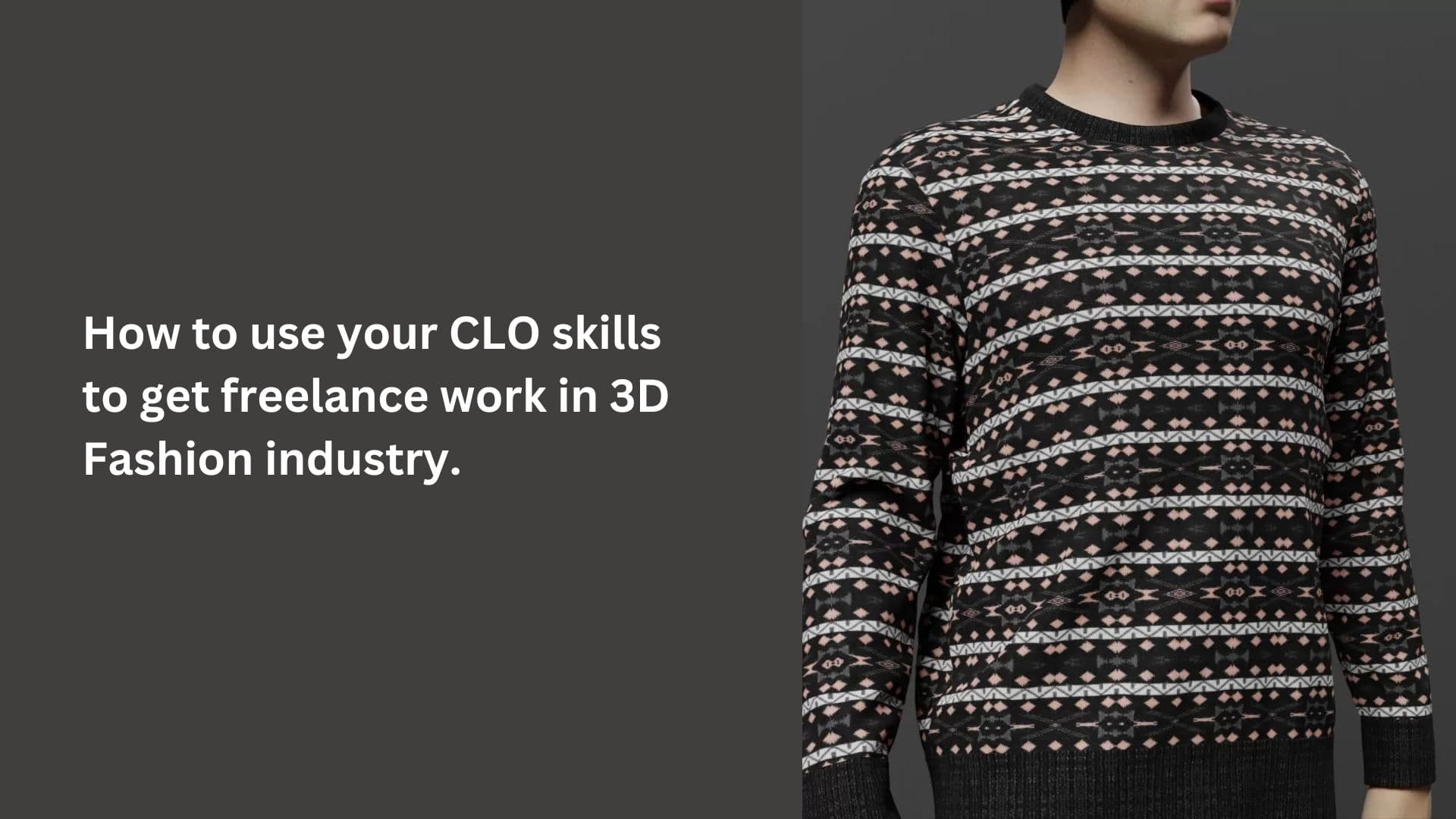Introduction
The 3D fashion industry is rapidly evolving, and computer-aided design (CAD) skills have become invaluable for fashion designers and enthusiasts. In particular, mastering CLO 3D software has emerged as a game-changer in this dynamic field. If you’re looking to harness your CLO skills and turn them into a thriving freelance career, you’ve come to the right place. In this article, we’ll explore a structured approach to help you excel in the 3D fashion industry as a freelancer.
1. Mastering CLO 3D
- Familiarize yourself with its features and capabilities.
- Take online courses and watch tutorials to sharpen your skills.
- Practice regularly to create realistic 3D garment simulations.
Learn 3D-Fashion Platform is the #1 platform for learning 3D Digital fashion. With a remarkable student base exceeding 2800+ individuals from over 10+ countries, our platform has attracted esteemed brands and institutions including NIKE, Harvard, FIT, and UAL.
Check Course!2. Building a Winning Portfolio
- Include a variety of projects showcasing your versatility.
- Highlight your ability to work with different fabrics, styles, and garment types.
- Ensure your portfolio is professional, well-organized, and visually appealing.
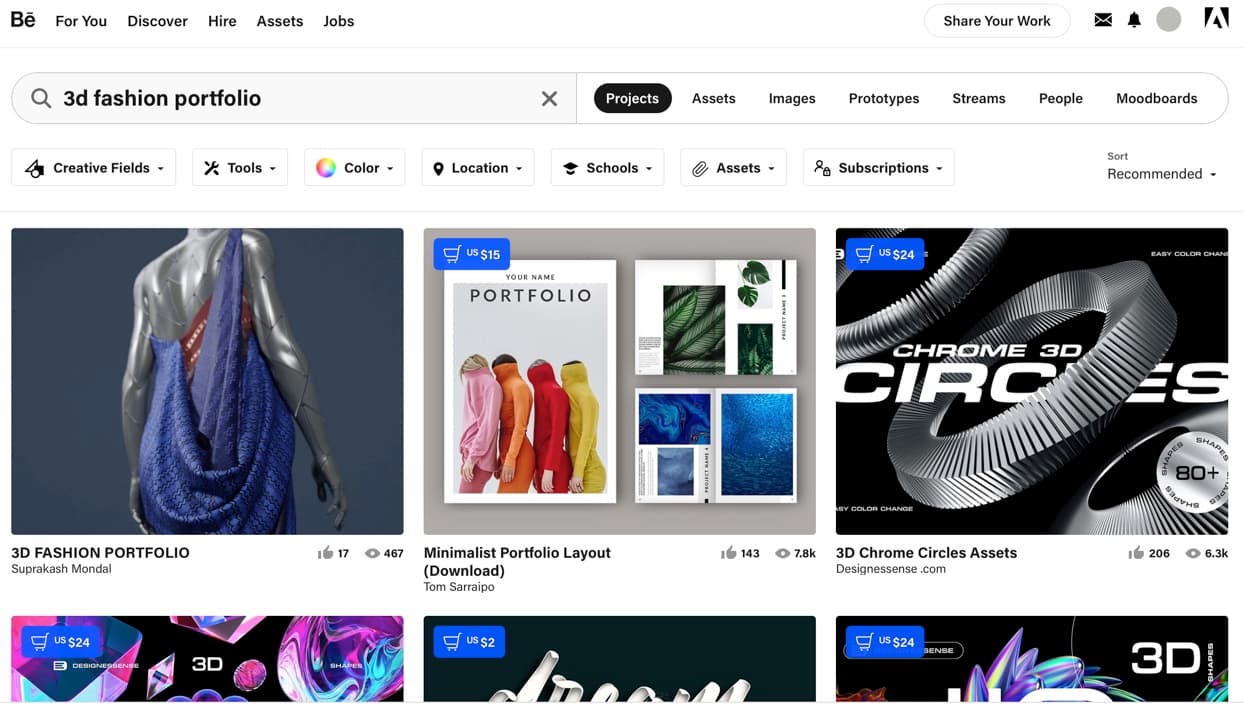
Behance is a very good platform to get inspiration for portfolios, and for even finding freelance work. You can look for inspiration, and showcase your work through which other recruiters can provide you with freelance work.
3. Networking and Industry Engagement
- Attend industry events, fashion shows, and exhibitions.
- Join online forums, LinkedIn groups, and social media communities.
- Engage in discussions, share your work, and connect with potential clients.
4. Collaborating with Fashion Designers
- Reach out to fashion designers and brands.
- Offer your 3D design services for collaboration.
- Pitch ideas on how 3D simulations can enhance their designs.
5. Continuous Learning and Adaptation
- Keep an eye on industry trends and evolving technologies.
- Invest in ongoing learning to expand your skill set.
- Embrace adaptability as the industry evolves.
6. Utilizing Freelance Platforms
Freelance platforms can be your gateway to opportunities:
- Create a standout profile showcasing your CLO skills.
- Craft a compelling bio and portfolio section.
- Bid on relevant projects and consistently update your profile.
Freelance Platforms
- Overview: Upwork is one of the largest and most popular freelance platforms globally. It offers a wide range of job categories, making it suitable for 3D fashion designers and other professionals.
- How It Works: Freelancers create profiles and bid on projects posted by clients. Upwork also offers a feature called “Upwork Pro” for highly skilled freelancers.
- Payment: Upwork handles payments securely, and freelancers can withdraw their earnings through various methods like bank transfer or PayPal.
- Pros: Large client base, diverse job categories, and a user-friendly interface.
- Cons: Competitive marketplace; fees for freelancers vary based on earnings.

- Overview: Freelancer.com is another global platform with a wide range of job categories, including fashion design and 3D modeling.
- How It Works: Freelancers create profiles, bid on projects, and interact with clients through the platform. It also offers contests where clients choose the best design from multiple entries.
- Payment: Freelancer.com provides secure payment options, including PayPal and bank transfers.
- Pros: Diverse job opportunities, contests, and the ability to showcase your portfolio.
- Cons: Similar to Upwork, it’s highly competitive, and fees apply based on earnings.
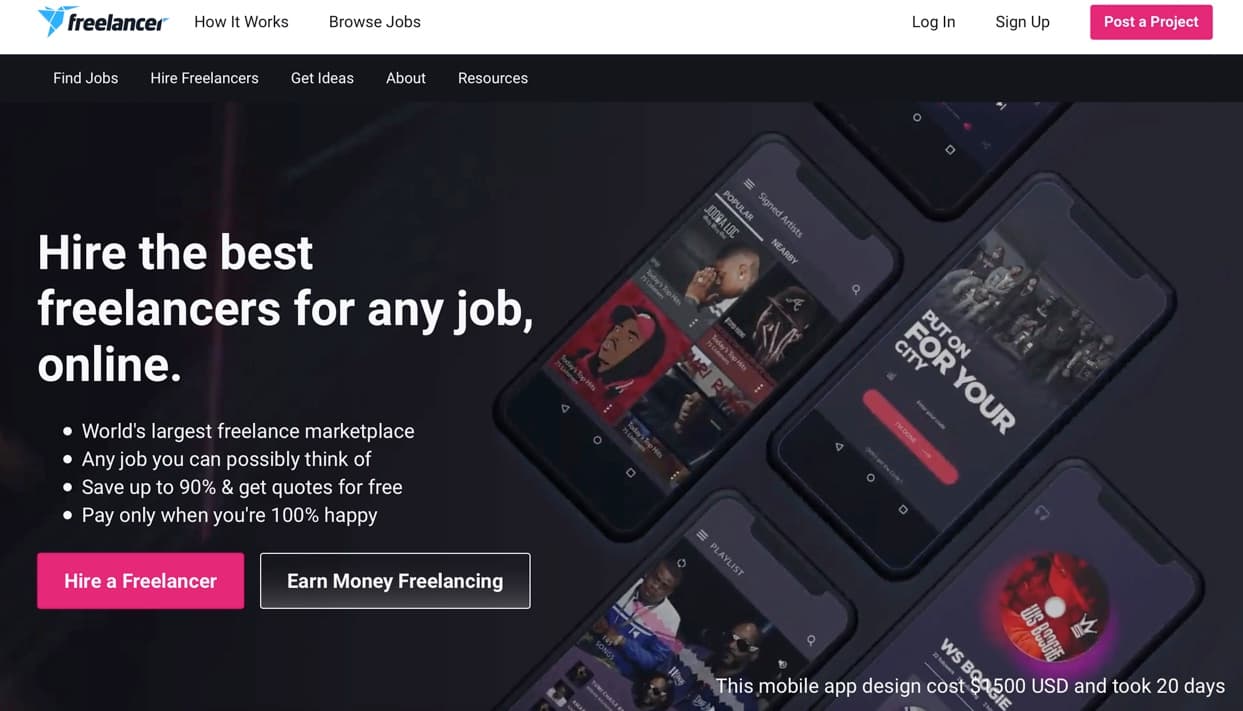
- Overview: Fiverr is unique in that it focuses on offering “gigs,” which are specific freelance services. This platform is suitable for offering 3D fashion design services.
- How It Works: Freelancers create gig listings that describe their services, pricing, and delivery timeframes. Clients browse these listings and hire freelancers directly.
- Payment: Fiverr handles payments securely, and freelancers can withdraw earnings to PayPal, bank accounts, or via Fiverr’s Revenue Card.
- Pros: Streamlined service offerings, a straightforward interface, and a vast client base.
- Cons: Fiverr takes a percentage of earnings, and there may be competition from other sellers offering similar services.
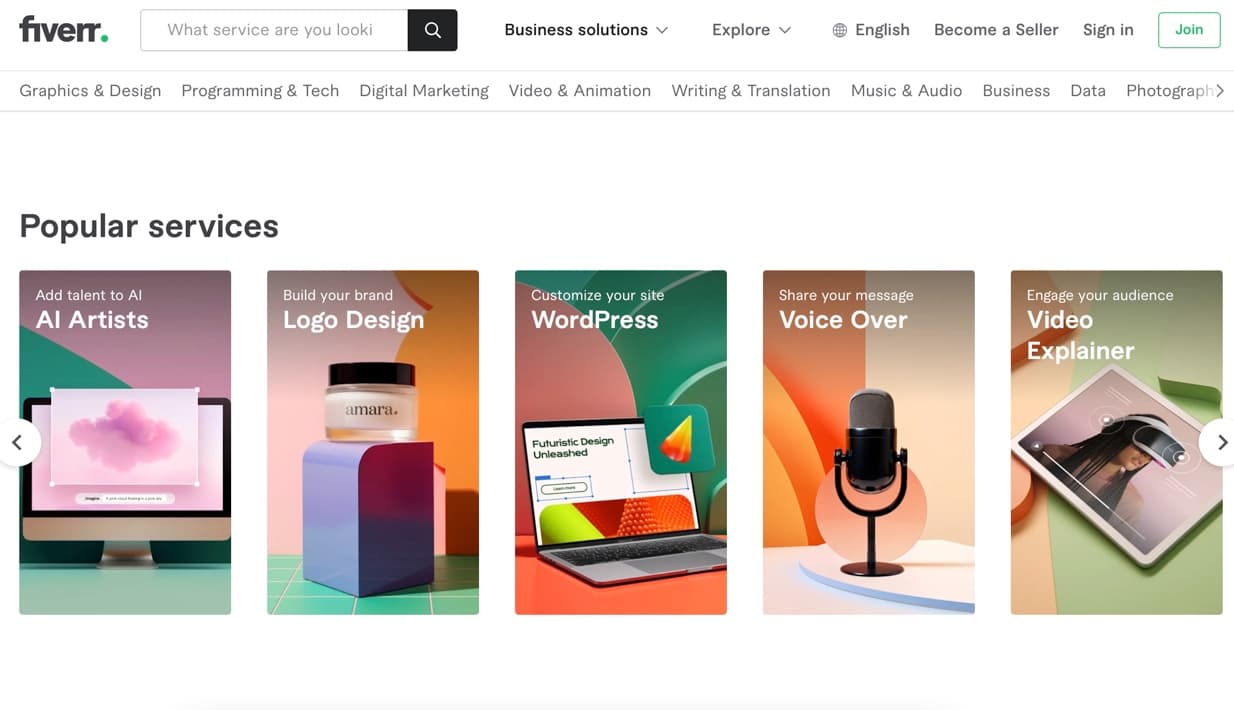
- Overview: Toptal is known for connecting highly skilled freelancers with premium clients, including fashion brands and businesses.
- How It Works: Freelancers must pass a rigorous screening process to join Toptal’s network. Once accepted, they gain access to high-quality projects and clients.
- Payment: Toptal ensures competitive compensation and timely payments to freelancers.
- Pros: High-quality clients, competitive rates, and a reputation for top talent.
- Cons: It can be challenging to pass the screening process, and competition within the network can be stiff.
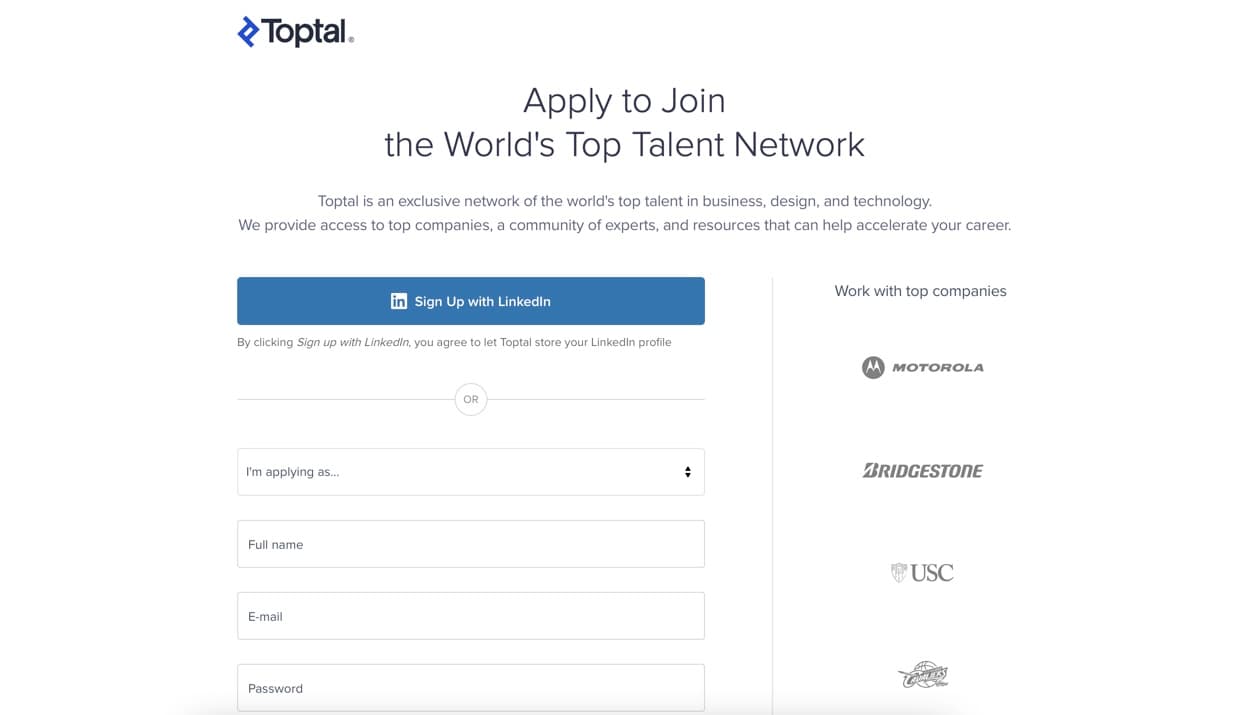
- Overview: Guru.com is a versatile freelance platform covering various industries, including fashion and 3D design.
- How It Works: Freelancers create profiles, bid on projects, and communicate with clients through the platform. Guru also offers “SafePay” for secure transactions.
- Payment: Payments can be made through various methods, including checks and wire transfers.
- Pros: Diverse job opportunities, multiple payment options, and a straightforward platform.
- Cons: Competition can be high, and fees apply based on membership plans.
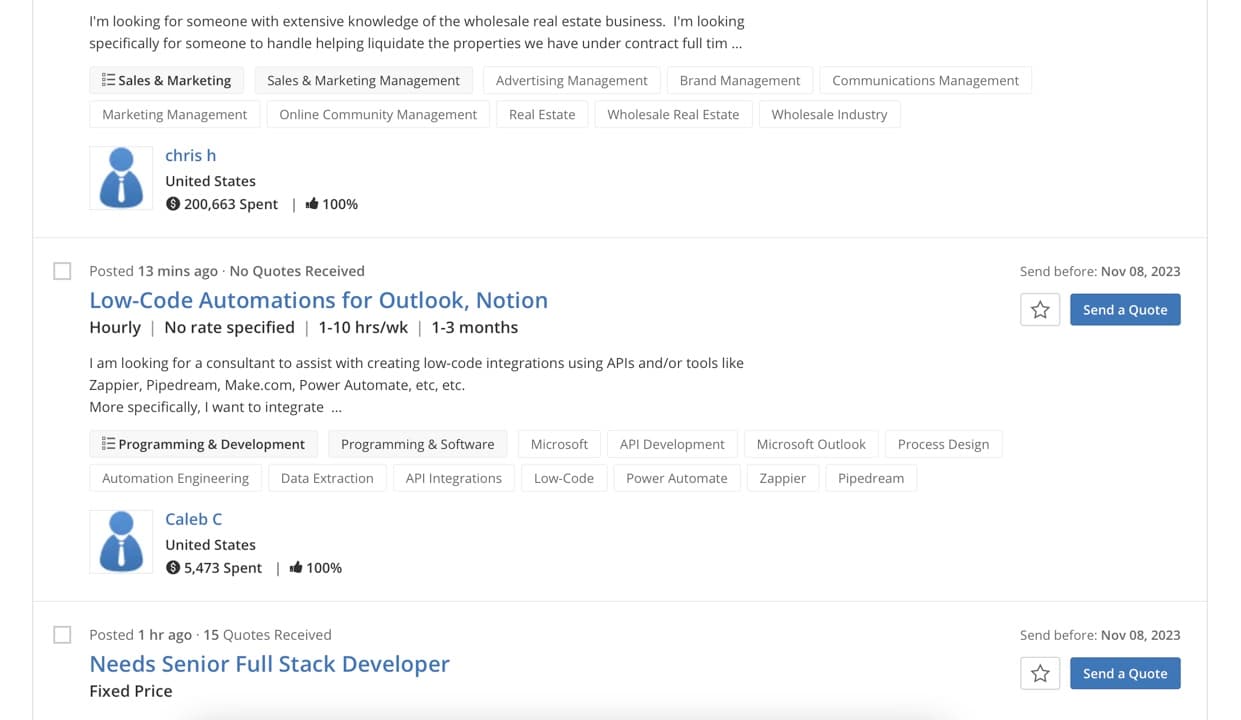
- Overview: PeoplePerHour primarily caters to UK-based clients but also includes international opportunities in various fields, including fashion.
- How It Works: Freelancers create profiles, propose hourlies (fixed-price services), or bid on projects. The platform emphasizes flexibility and remote work.
- Payment: Secure payments are handled through the platform, and freelancers can withdraw earnings via bank transfer or PayPal.
- Pros: Focus on UK clients, an emphasis on remote work, and a user-friendly interface.
- Cons: The platform’s primary focus on the UK may limit opportunities for international freelancers.
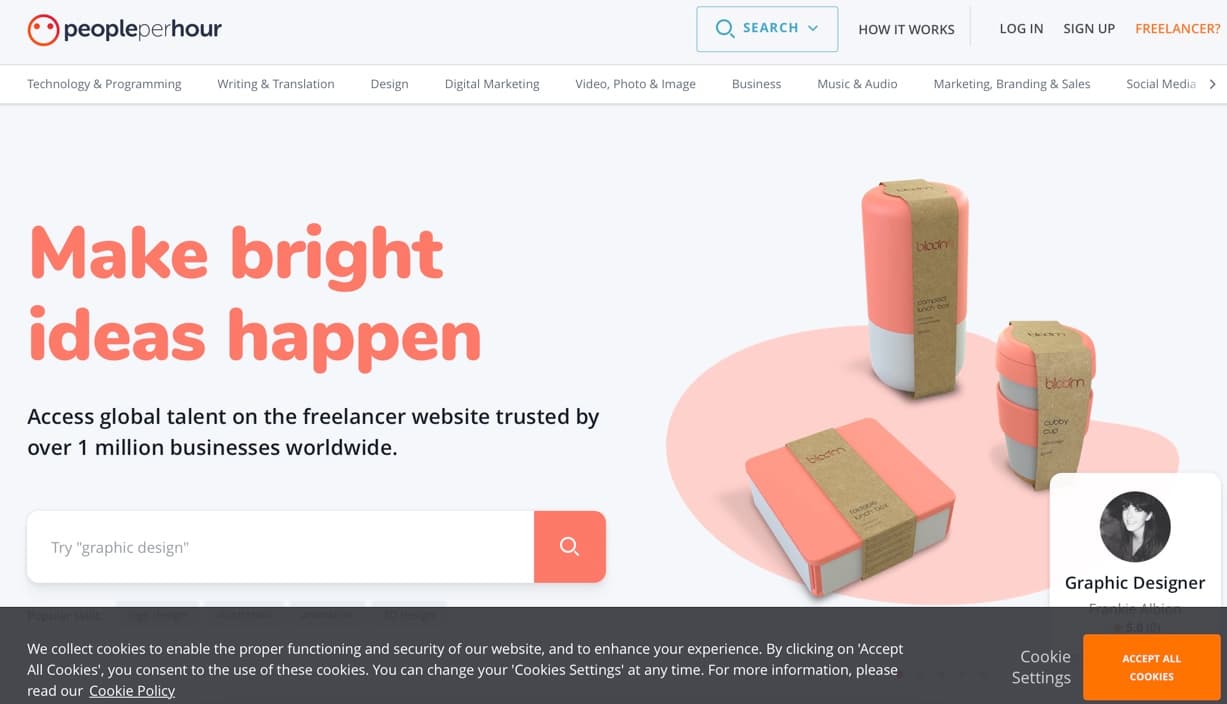
- Overview: Both 99designs and DesignCrowd are design-focused platforms that occasionally feature 3D fashion design contests and projects.
- How It Works: Clients post design contests, and freelancers submit their entries. The client chooses the winning design and awards the prize money.
- Payment: Payments are awarded to contest winners.
- Pros: Opportunities for showcasing design skills, gaining recognition, and earning prizes.
- Cons: Competition can be tough, and there’s no guarantee of payment if your design isn’t selected.
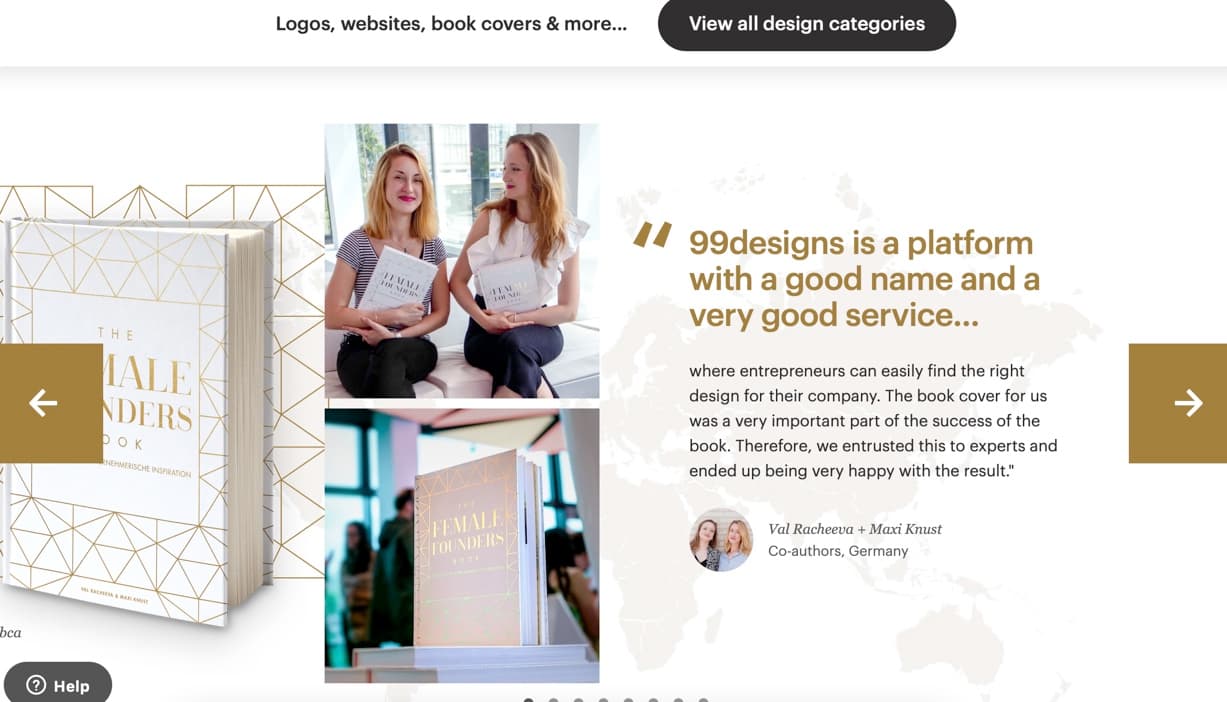
Conclusion
Embracing your CLO skills as a 3D fashion designer in the freelance world is a journey filled with opportunities and challenges. By mastering CLO 3D, building a standout portfolio, networking effectively, and continuously learning, you can embark on a successful career in the 3D fashion industry. Remember, it takes persistence, dedication, and a commitment to staying at the forefront of this dynamic field. We invite you to take the first step toward your freelance success and explore the limitless possibilities that await you in the world of 3D fashion design.
